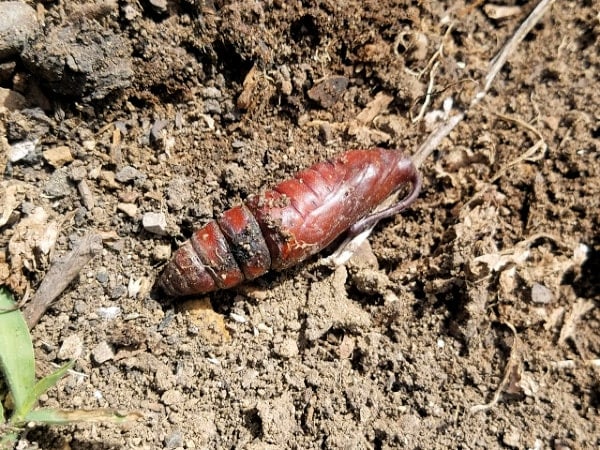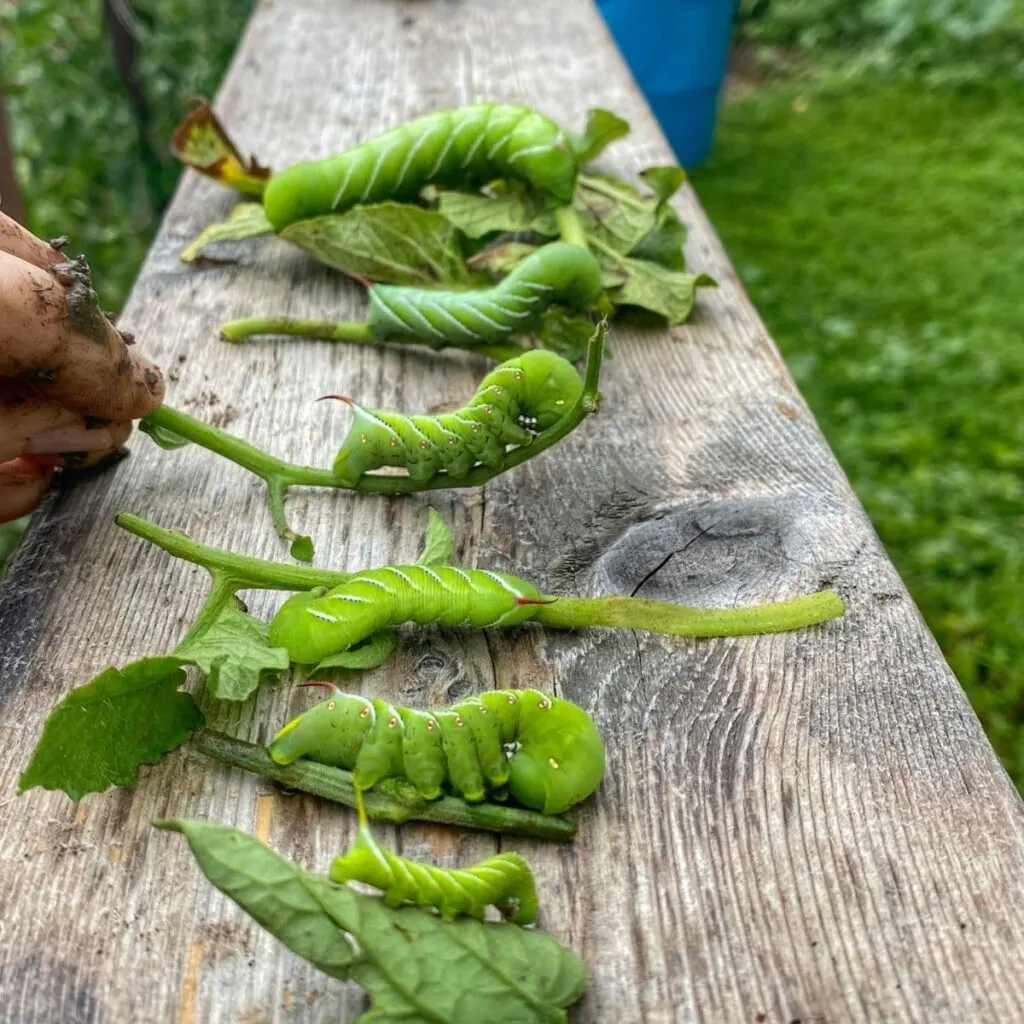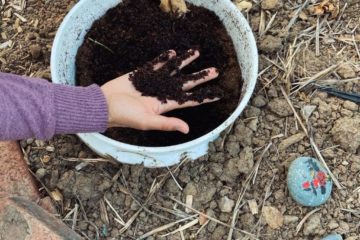By Noah Reyes, Grant Writing and Development Intern
We at Each Green Corner believe in finding sustainable alternatives to herbicides and pesticides in the form of natural repellents to native pests. According to Bushra Rashid, author of Herbicides and Pesticides as Potential Pollutants: A Global Problem, the agrochemicals released by insecticides contaminate water, filter toxins into the soil, pollute the atmosphere, and kill plants important to maintaining biodiversity in the gardens. Fortunately, there are natural alternatives for preventing pests from damaging a garden’s tomato plants. One such pest is the Tomato Hornworm, which comes in large numbers and gradually eats away at people’s gardens.
To understand how to prevent and neutralize them, we need to understand how they grow and what to look for in their development. The life cycle of a Tomato Hornworm is in three stages: first is eggs, followed by the larvae stage, pupae stage, and adult stage. In the egg stage, the eggs are laid by a Sphinx Moth on the tomato plants which hatch within 3-5 days, and over the next 21 days they can go through five stages called Instars. These five instar stages are as follows:
To understand how to prevent and neutralize them, we need to understand how they grow and what to look for in their development. The life cycle of a Tomato Hornworm is in three stages: first is eggs, followed by the larvae stage, pupae stage, and adult stage. In the egg stage, the eggs are laid by a Sphinx Moth on the tomato plants which hatch within 3-5 days, and over the next 21 days they can go through five stages called Instars. These five instar stages are as follows:

- 1st Instar – (2-3 days); weight .03 grams; length about 1/4 inch
- 2nd Instar – (6-9 days); weight about 5 grams
- 3rd Instar – (10-12 days) weight and length will vary
- 4th Instar – (13-17 days) varies
- 5th Instar – (17-21 days) weight at least 10 grams; length 3-5 inches
These Hornworms come in large numbers and can quickly defoliate anyone’s tomato plants. They pose a notable danger to gardens because, in addition to their numbers, they can blend in with the leaves until most of the damage is already done. Larger hornworms can destroy leaves and fruit alike, and fully developed ones can consume as much as all the younger stages combined. Due to their impact on a healthy garden, it is important to take steps to organically prevent hornworms from damaging tomato plants.
Controlling the Hornworms
- Companion Plants like Pot Marigolds, Basil, and Dill for example will deter the sphinx moth from laying eggs on tomato plants
- Trap crops can be planted close but some distance from the garden to attract pests from the garden
- Row covers can prevent moths and insects from getting to the tomato plants and laying eggs
- Nematodes can be introduced to the soil to eat the larvae
- Crop rotation disrupts their life cycle by interrupting their food supply
Killing Tomato Hornworms

- Use a UV light to see the worms and handpick them from the tomato plants
- Diatomaceous Earth has fossilized aquatic organisms that harm and kill the horns to crawl on it
- Ladybugs and Green Lacewigs feed on the larvae of Hornworm eggs
- Braconid Wasps & Trichogramma Wasps lay their eggs under the skin of the Hornworms which kill them after hatching
References
Rashid, B., T. Husnain, S. Riazuddin (2010). “Herbicides and Pesticides as Potential Pollutants: A Global Problem.” Plant Adaptation and Adaptation Phytoremediation. Retrieved July 7, 2022, from Herbicides and Pesticides as Potential Pollutants: A Global Problem | SpringerLink
Marine, M. (July 14, 2022). “How to Kill Tomato Hornworms Organically and Prevention Tips.” Simply Live Love. Retrieved July 7, 2022, from How to Kill Tomato Hornworms Organically + Prevention Tips – Simplify, Live, Love (simplifylivelove.com)
“15 Ways To Naturally Control Tomato Hornworms And Get Rid Of Them!” (2022) Hidden Springs Homestead. 15 Ways to Naturally Control Tomato Hornworms and Get Rid of Them! · Hidden Springs Homestead



0 Comments